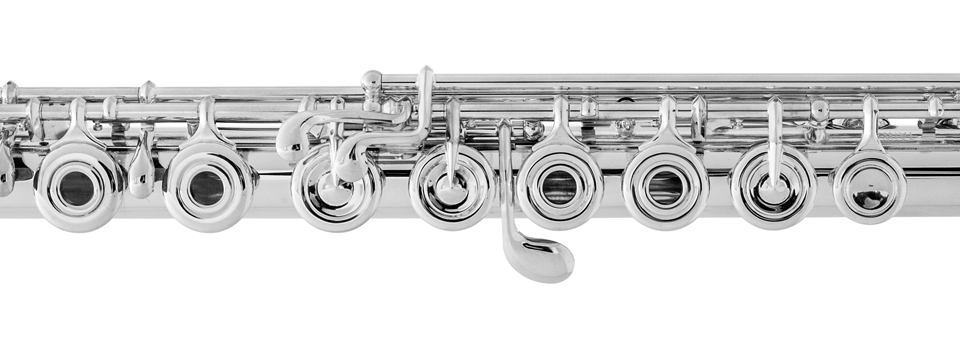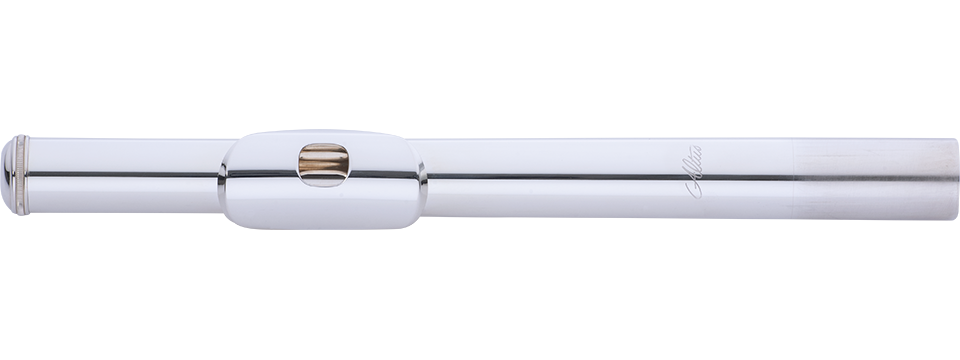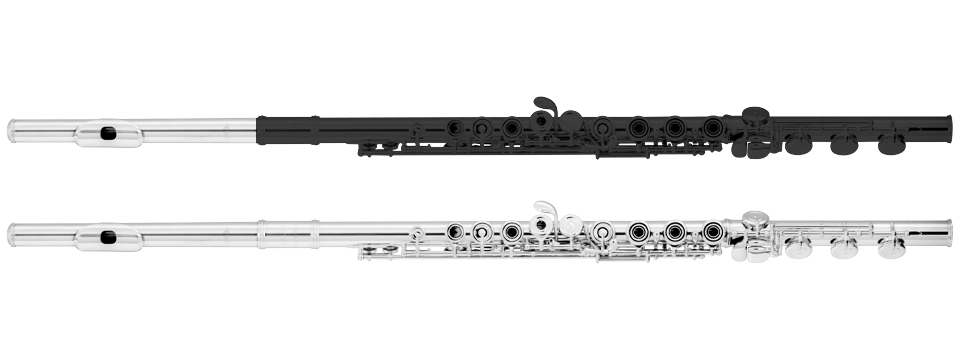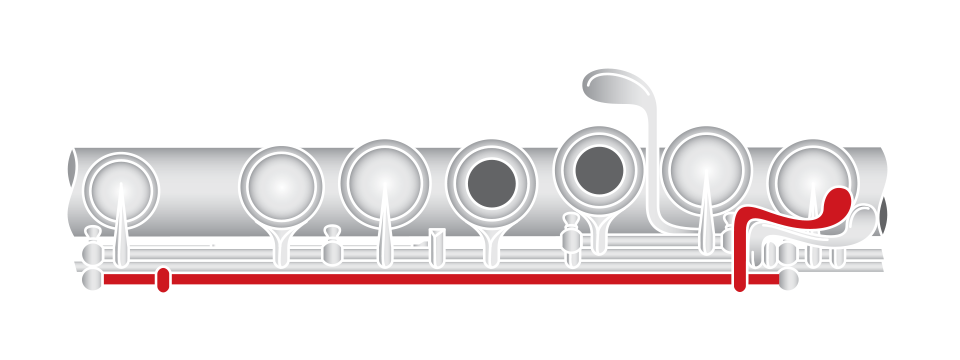What Is A Step-Up Flute?

If you have been playing flute for a few years and are still playing on your beginning band flute, you should consider upgrading to what is commonly called a Step-Up flute. A Step-Up flute can be an intermediate or professional level flute, depending on your budget and musical goals.
How do I know I’m ready for a Step-Up flute?
If you are not sure you are ready, we recommend trying some out to see if you can feel and hear a difference. A step-up flute is designed to help you improve by offering an instrument with these features:
- A finely crafted headjoint allowing better tone and articulation
- A refined mechanism and padding to develop faster technique
You should notice a big difference in how well the flute plays and feels when you are ready for a step-up flute.
How is a Step-Up flute different than my student flute?
Most step-up flutes will have:
- Open holes for developing your technique and allowing extended techniques
- Low B foot joint with a Gizmo key
- A headjoint with more care and attention placed on its design for greater performance
Open Holes

Having open holes where your fingers touch the keys makes it necessary for your fingers to cover the holes. This not only encourages proper hand and finger position but also allows for later development in learning modern extended techniques.
B Foot With Gizmo Key

The B foot allows you to play Low B. Its Gizmo lever allows you to close the low B key without closing the C key easily. The Gizmo key is also known as a High C facilitator since it is used to make the highest C more in tune and easier to play.
Headjoint

How a headjoint embouchure hole is cut determines how the flute produces tone. This makes it one of the most important aspects of a step-up flute. Your beginner flute headjoint was designed to help you form an embouchure and make your first sound. A step-up flute headjoint is designed to help you refine your playing with clear, clean articulation and a mature flute tone. A student cut can limit your progress while a step-up or professional cut will allow you to continue the development of powerful tone and effortless articulation now that your embouchure is stronger.
What are the options available that can be chosen?
These are the most commonly offered options on Step-Up Flutes:
- Silver Headjoint Only or All Silver Body
- Inline or Offset G
- Split E mechanism (or high E facilitator)
- C# trill key
Silver Headjoint Only vs All Silver Body

While step-up flutes from different makers have many mechanism options in common, they may vary in how much silver is used for the tube. Student model flutes are nickel silver that is then either nickel or silver plated. Step-up flutes increase the silver content of the tube with solid silver headjoint risers (where the lip plate connects to the headjoint tube), solid silver headjoints with a silver plated body and footjoint, or a completely solid silver headjoint, body, and footjoint.
The closer you get to the embouchure hole, the more effect the silver content has on the instrument’s response. As the silver content increases, so does the price. Silver content on step-up flutes is introduced on the headjoint first and the body tube second.
Remember that the design dictates how a flute will play, the amount of silver in your flute serves to enhance that design. Azumi step-up flutes allow you to receive the benefits of a step-up flute design and the flexibility to choose the right amount of silver content for your budget.
Inline vs Offset G

Inline G

Offset G
Step-up flutes are offered with a choice of inline or offset G key placement. Offset G keys are designed to fit the natural shape of the player’s left hand by moving the key slightly closer to the hand. Inline G flutes keep the G keys in the same line as all the other body keys. The placement of this key does not affect the sound or intonation of your flute, so you are free to choose the style that is most comfortable for you.
C# Trill Key

- Using one finger for a B/C# trill
- A much improved High G/A trill
- A more in tune and stable High G#
- A wide variety of options for extended techniques
Split E Mechanism

The Split E mechanism is designed to make the high E more responsive. This mechanism physically splits the double G keys. When playing G, the keys behave as normal, closing both of the G keys.
When fingering high E, the mechanism closes the lower of the two G keys. This creates ideal venting for this note and therefore makes this usually troublesome note very stable. The high E speaks easier, and slurs from high A to E are much easier. The split E mechanism is only available with offset G keys.
We hope this information is helpful as you search for a new Intermediate or professional flute. Please check out the following pages for more information on Jupiter, Azumi and Altus flutes for your next purchase!
